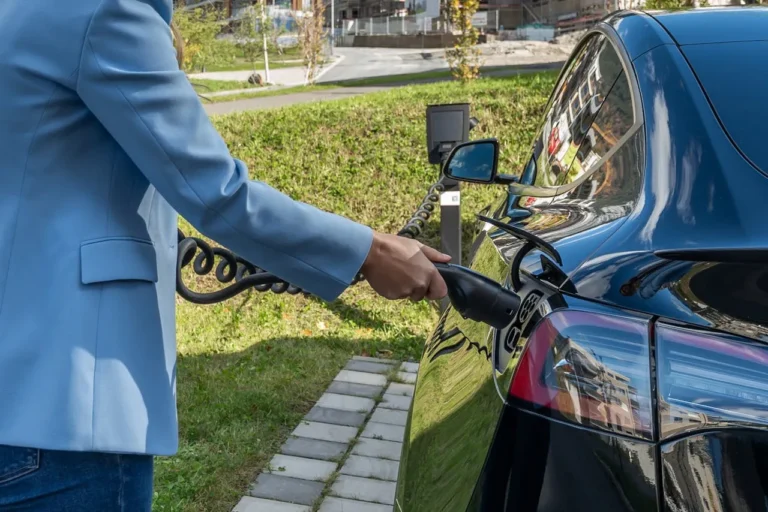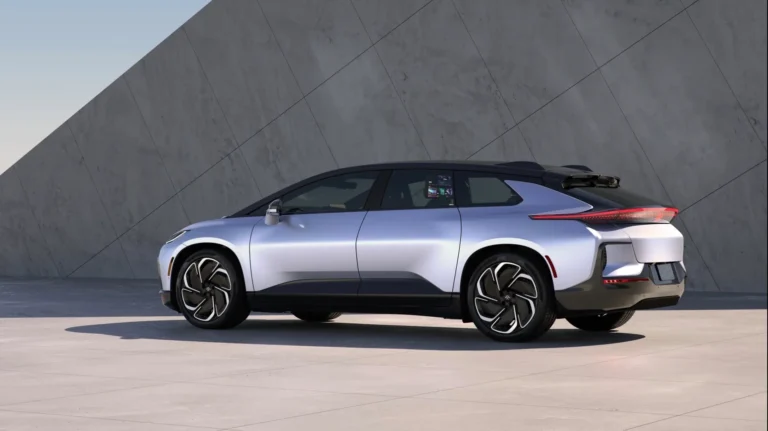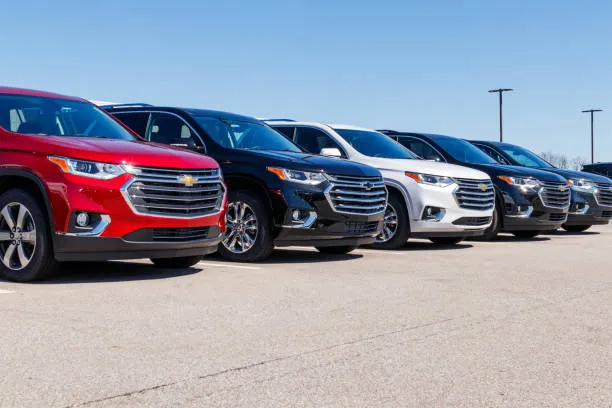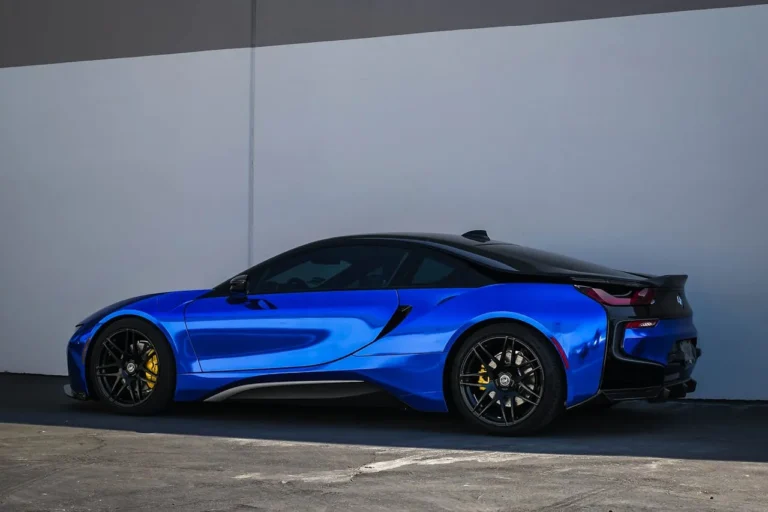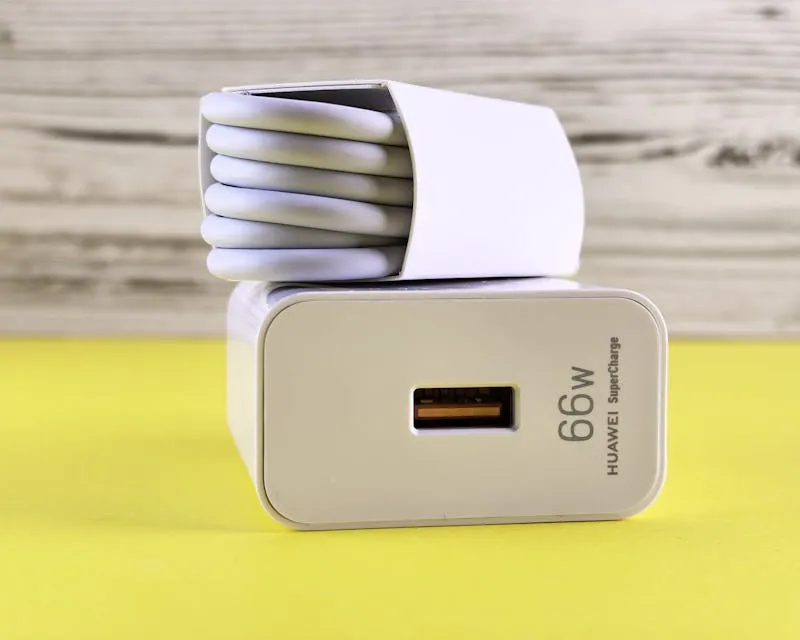
The newly published report titled “China Charging/Swapping (Liquid Cooling Overcharging System, Small Power, Swapping, V2G, etc) Research Report, 2024” is now available on ResearchAndMarkets.com. The report explores the accelerating pace of original equipment manufacturers (OEMs) in adopting innovative charging and swapping technologies, including liquid cooling overcharging, vehicle-to-grid (V2G) systems, and virtual power plants.
China is at the forefront of technological advancements in the electric vehicle (EV) sector. Emerging technologies such as high-power liquid cooling overcharging, intelligent swapping systems, V2G, PV-storage-charging integration, and virtual power plants are set to shape the future of charging infrastructure.
Liquid cooling overcharging guns are capable of delivering over 480 kW of power, and fast-charging batteries with specifications of 4C-6C are expected to become standard in high-end models. This “overcharging” method, or ultra-fast charging, utilizes high-power direct current (DC) charging, significantly reducing charge times to as little as 10 to 20 minutes for charging from 0% to 80%. There are primarily two technical approaches to ultra-fast charging: high current and high voltage. The high current approach involves complex thermal management, while the high voltage method helps reduce energy consumption, lower vehicle weight, extend driving range, and optimize space.
The implementation of liquid cooling technology enhances the heat dissipation during charging, allowing for greater cable transmission power and achieving high-power charging capabilities. This technology markedly boosts charging efficiency, characterized by high performance, minimal heat generation, enhanced safety, and reduced noise levels.
Currently, there are over 2,400 charging stations in China offering liquid cooling overcharging capabilities exceeding 360 kW; however, they hold a market share of less than 1%. Several OEMs, operators, and solution providers have committed to developing a comprehensive overcharging network.
An analysis of the configuration and efficiency of various OEM overcharging stations reveals a prevalent use of a combination of overcharging piles and fast charging piles. Individual overcharging guns currently provide power levels exceeding 480 kW, with some reaching up to 800 kW.
Policy trends from local governments classify a single gun with a power rating above 480 kW as an overcharging pile. In March 2024, standards for the evaluation of overcharging equipment and station design were established by the Development and Reform Commission of Shenzhen and the Shenzhen Administration for Market Regulation, stipulating that the rated power for overcharging guns must not fall below 480 kW.
The decreasing costs of lithium battery raw materials are shifting the focus from cost to performance. OEMs like NIO, Zeekr, and Aion have introduced models capable of achieving a driving range of 800 km, making this range a new benchmark for flagship vehicles.
The establishment of self-operated overcharging stations by OEMs significantly influences their pricing strategies, sales, and user experiences for flagship models.
Innovations in battery structure and optimization of processes are enhancing the specific energy of battery systems. The continued evolution of large modules and cell-to-pack (CTP) designs, alongside the integration of over 10,000-ton die-casting into battery trays, is facilitating better battery volume utilization and accelerating the production of large cylindrical batteries.
Presently, fully operational liquid cooling charging piles can deliver a maximum single-gun power of 600-800 kW, which is still below the ultra-fast charging limits. According to the recently issued GB/T20234.1-2023 standard for conductive charging connections for electric vehicles, charging guns with a rated voltage not exceeding DC 1500V and a continuous maximum operating current not higher than 1000A are mandated. This implies that, as technology advances, overcharging stations could potentially achieve maximum charging powers of 1500 kW.
However, challenges remain, as the existing charging piles with current ratings below 250A dominate the market, accounting for nearly 98%, while overcharging piles with currents exceeding 400A comprise less than 1%. To address the limitations in charging speed posed by the current restrictions of public DC charging piles, BYD is investigating a more cost-effective route to overcharging technology.
The new BYD Hiace 07 EV is outfitted with an 800V vehicle voltage platform and the innovative e-platform 3.0Evo, incorporating the world’s first intelligent current-boosting fast charging technology. This model utilizes voltage-boosting (from pile to vehicle) and current-boosting (from vehicle to blade battery) technologies, breaking the 250A current barrier at the pile end and achieving a maximum current of 400A at the vehicle end. This innovation maximizes the performance of existing GB15 standard-compliant public DC charging piles across various voltage platforms.
Regarding vehicle-to-grid (V2G) systems, OEMs are venturing into electricity sales reform and virtual power plants while exploring new business models. On January 4, 2024, the National Energy Administration released a foundational document on V2G, outlining the “Implementation Opinions of the National Development and Reform Commission and Other Ministries and Commissions on Strengthening the Integration and Interaction between New Energy Vehicles and Power Grids.” This document serves as a framework for the national launch of V2G initiatives, indicating a strategic push to implement V2G through power grids. It proposes a technology roadmap for effective V2G implementation.
The document delineates V2G into two phases: orderly charging and bidirectional charging and discharging. Orderly charging aims to alleviate the load on power grids caused by mass fast charging of vehicles by dynamically adjusting charging times and power based on actual user demand. Bidirectional charging and discharging harness the energy storage capabilities of EV batteries, allowing reverse power transmission to support power grid stability.
The policy document sets ambitious goals: achieving large-scale orderly charging before 2025 and initially validating bidirectional charging and discharging through pilot projects. By 2030, the widespread application of bidirectional charging and discharging is expected, fully leveraging V2G’s adjustment capabilities.


